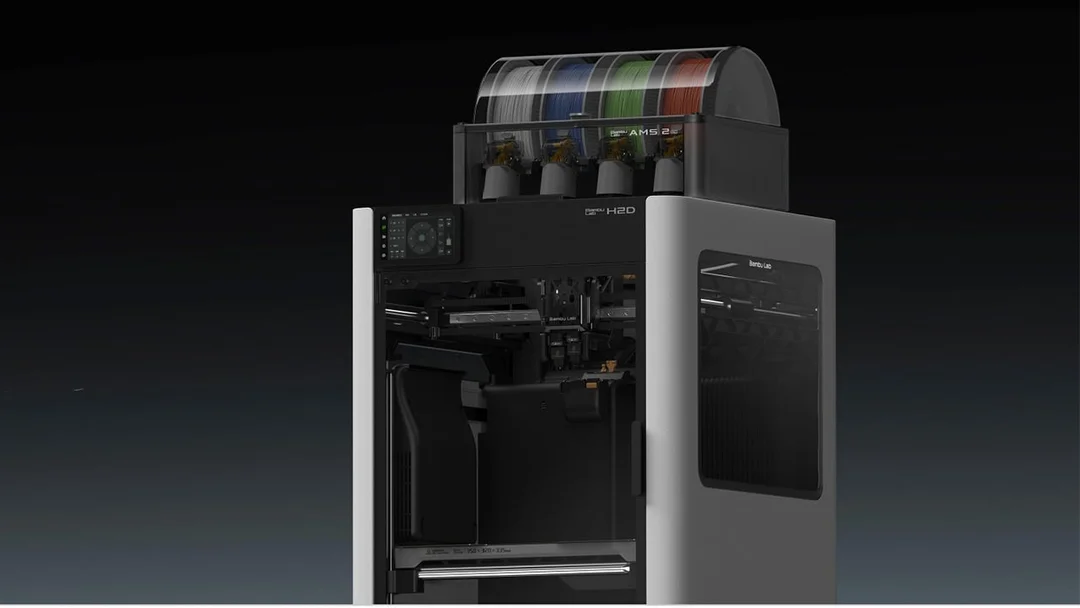
Bambu Lab Takes Center Stage: Upgrades, Mistakes, and a New Laser-Equipped 3D Printer
Bambu Lab is making waves in the 3D printing community, and for good reason. From user-friendly upgrades to innovative new products, the company is pushing the boundaries of accessible and versatile 3D printing technology. This article dives into recent developments surrounding Bambu Lab, covering everything from hands-on experiences with the A1 printer to the unveiling of the groundbreaking H2D, a 3D printer that doubles as a laser cutter and engraver.
One Ars Technica reporter, Andrew Cunningham, embarked on a three-month journey with the Bambu Lab A1. His experiences, documented in a two-part series, offer valuable insights for both novices and seasoned 3D printing enthusiasts. Cunningham's first project involved printing upgrade parts for the A1 *with* the A1 itself – a fascinating exercise in recursion. This endeavor led him down a rabbit hole of plastic filament types, each with its own unique properties and suitability for different printing tasks.

Key takeaways from Cunningham's experience include:
- The importance of understanding different filament types (PLA, PETG, ABS, TPU) and their respective strengths and weaknesses. PETG plastic is what you use if you want to make sturdier (and outdoor-friendly) prints on an open bed.
- The value of learning from rookie mistakes, such as using the wrong type of plastic for a particular print or not properly adjusting temperature settings.
- The wealth of community-created resources available for Bambu Lab printers, including purging buckets, AMS Lite top mounts, and adjustable camera holders.

Cunningham emphasized that "Part of the fun is figuring out what your problems are, identifying prints that could help solve the problem, and then trying them out to see if they do solve your problem." This sentiment captures the experimental and problem-solving nature of 3D printing, highlighting its appeal to tech enthusiasts and makers alike.
Adding another layer of excitement to the Bambu Lab ecosystem is the arrival of the H2D, a groundbreaking device that combines 3D printing with laser cutting and engraving capabilities. Priced between $1,999 and $2,899, the H2D offers a versatile platform for creators looking to expand their creative horizons.

Key features of the Bambu Lab H2D include:
- Dual-extruder capabilities, allowing for simultaneous use of two different filaments.
- A fully enclosed print chamber that can be heated up to 65°C, improving print quality and expanding material compatibility.
- A built-in laser with either 10 or 40 watts for engraving and cutting various materials.
- The ability to create both flat and curved objects.
The H2D represents a significant step forward in the evolution of 3D printing technology, offering users a powerful and versatile tool for a wide range of applications.
Bambu Lab's commitment to innovation is clear. Whether it's refining existing models like the A1 or pushing the boundaries with new products like the H2D, the company is poised to remain a major player in the 3D printing world. Have you experimented with Bambu Lab printers or considered adding the H2D to your workshop? Share your thoughts and experiences in the comments below!